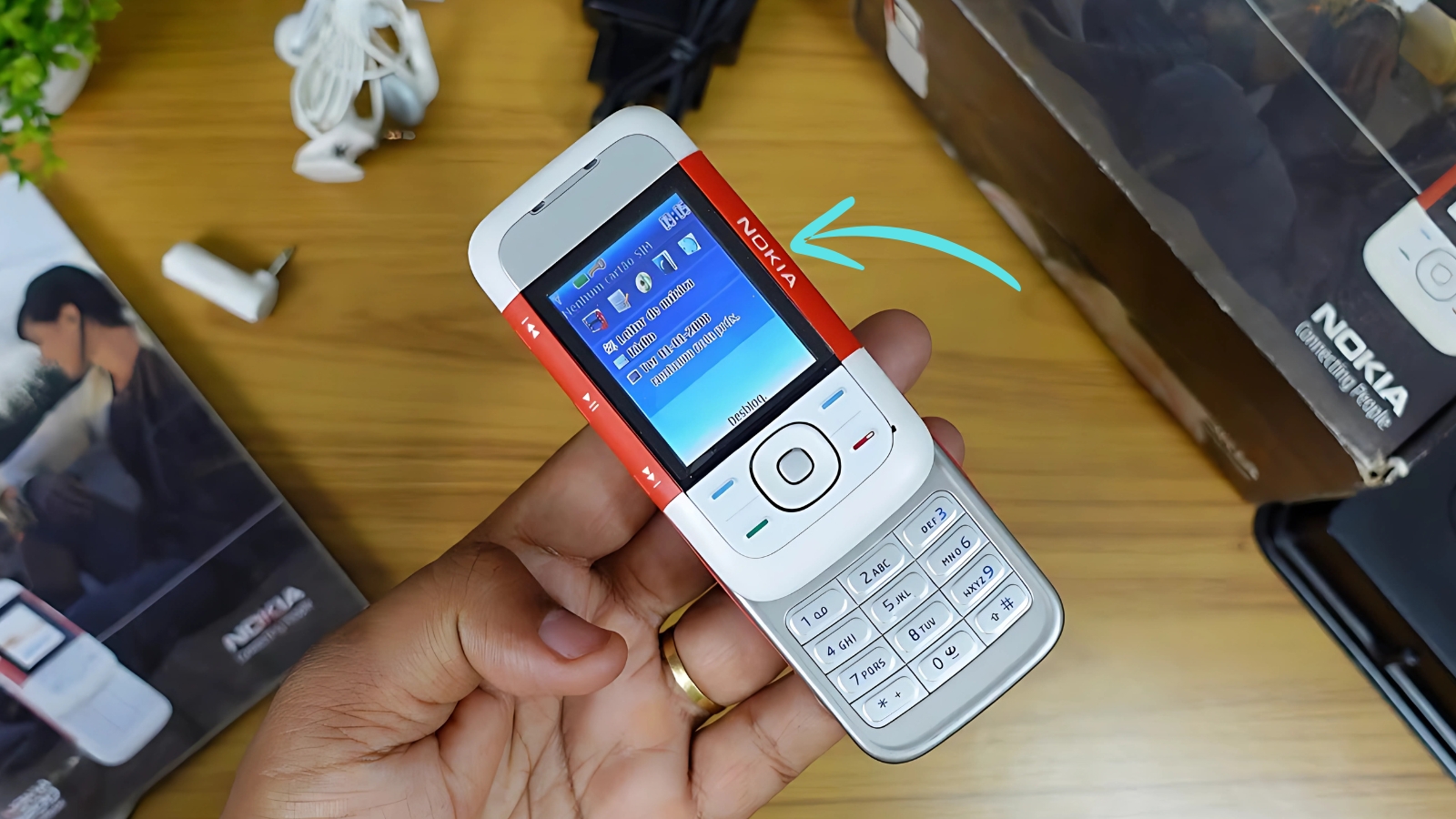Nokia 5200: The mobile phone industry experienced a significant cultural shift when Nokia introduced the 5200 in September 2006, establishing new standards for music-focused mobile devices during the era when smartphones were still in their infancy. This groundbreaking device represented Nokia’s strategic vision for portable entertainment, combining essential communication capabilities with dedicated music features that transformed how users interacted with their mobile devices, setting the foundation for the multimedia-centric smartphones we know today.
Design Philosophy: Compact Engineering with Colorful Expression
Nokia masterfully executed the 5200’s design philosophy through a remarkably compact form factor measuring 92.4mm x 48.2mm x 20.7mm, weighing just 104 grams. This careful dimensional optimization created a device that perfectly balanced portability with functionality, fitting comfortably in pockets while maintaining robust build quality that Nokia became famous for delivering.
The aesthetic approach emphasized youthful energy and personal expression through vibrant color options including striking Red and sophisticated Blue finishes. These bold color choices reflected Nokia’s understanding that mobile phones were evolving beyond mere communication tools into personal fashion statements and lifestyle accessories. The compact slider design became an iconic representation of mid-2000s mobile phone aesthetics, influencing countless devices that followed.
Display Technology: CSTN Excellence for Essential Viewing
The visual experience centered around a practical 2.0-inch CSTN display delivering 128 x 160 pixel resolution with 256,000 color support. While modest by contemporary standards, this display technology represented cutting-edge capabilities for feature phones of the era, providing adequate clarity for menu navigation, text messaging, and basic image viewing.
The CSTN technology offered reliable performance with excellent battery efficiency, ensuring that the display didn’t compromise the device’s overall power management. The screen size struck an optimal balance between usability and device compactness, allowing comfortable text reading and menu navigation while maintaining the phone’s pocket-friendly dimensions that made it ideal for active lifestyles.

Processing and Performance: Series 40 Platform Reliability
At the technological core lay Nokia’s proven Series 40 operating system, optimized for feature phone functionality and renowned for its stability and efficiency. This platform delivered smooth menu navigation, responsive application launches, and reliable multitasking capabilities within the constraints of early 2000s mobile technology.
The system architecture prioritized battery efficiency and user-friendly operation, ensuring that essential functions like calling, messaging, and music playback remained consistently responsive. The platform’s lightweight design allowed for quick boot times and immediate access to frequently used features, characteristics that made Nokia devices beloved by users worldwide during this transformative period in mobile technology.
Memory and Storage: Expandable Capacity for Growing Needs
Storage management featured 5MB of built-in memory for essential system functions and user data, supplemented by microSD card support accommodating up to 2GB of additional storage. This expandable memory approach recognized users’ growing appetite for digital content, particularly music files that defined the device’s primary entertainment focus.
The hot-swappable microSD slot enabled users to exchange memory cards without powering down the device, facilitating easy content management and sharing among friends. This storage flexibility proved essential for music enthusiasts who wanted to carry extensive song libraries, making the 5200 a practical choice for portable entertainment during an era when digital music consumption was rapidly expanding.
Camera Capabilities: VGA Photography for Essential Moments
Photography functionality featured a practical VGA camera capable of capturing 640×480 pixel images, representing standard capabilities for feature phones of the period. While basic by contemporary standards, this camera provided essential documentation capabilities for users transitioning from purely voice-based communication to visual messaging.
The camera supported basic digital zoom up to 4x magnification and included simple capture modes optimized for various lighting conditions. Video recording capabilities enabled short clip creation, supporting the emerging trend of multimedia messaging that was becoming increasingly popular among mobile phone users worldwide.
Battery Performance: Extended Endurance for Active Users
Power management utilized a dependable 760mAh Li-Ion battery engineered for extended usage across demanding daily scenarios. Standby time reached impressive 263 hours, while talk time supported up to 192 minutes of continuous conversation, demonstrating Nokia’s expertise in battery optimization and power management.
The battery’s performance particularly excelled during music playback, supporting hours of continuous entertainment without frequent charging requirements. This endurance capability proved essential for users who relied on their phones for both communication and entertainment throughout busy daily schedules.
Realme 9i smartphone comes with budget price – HD camera quality
Nokia 5200 Connectivity and Essential Features
Comprehensive connectivity included Bluetooth support for wireless audio accessories, infrared capabilities for data transfer, and GSM tri-band support across 900/1800/1900 MHz frequencies. Additional features encompassed FM radio for broadcast entertainment, Java application support for basic gaming and utilities, and complete messaging capabilities including SMS, MMS, and email functionality.
The Nokia 5200 successfully established new paradigms for mobile entertainment devices, demonstrating how thoughtful feature integration and compact design could create compelling user experiences that influenced mobile phone development for years to come.